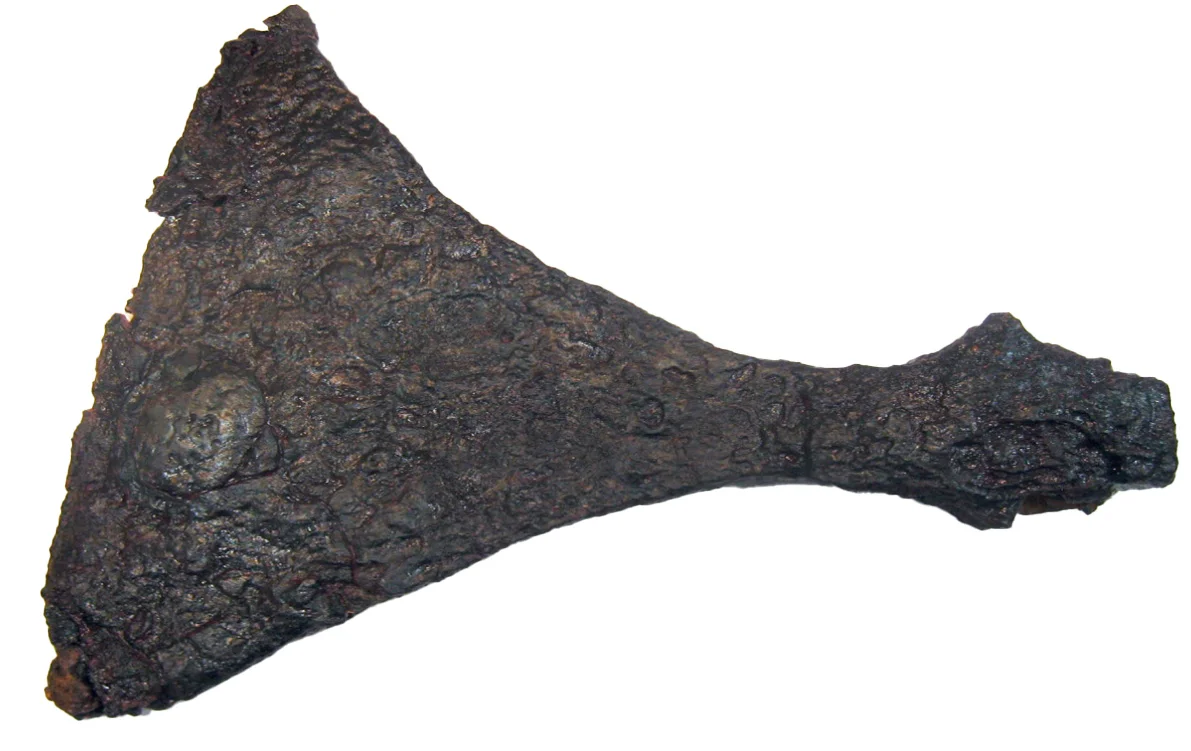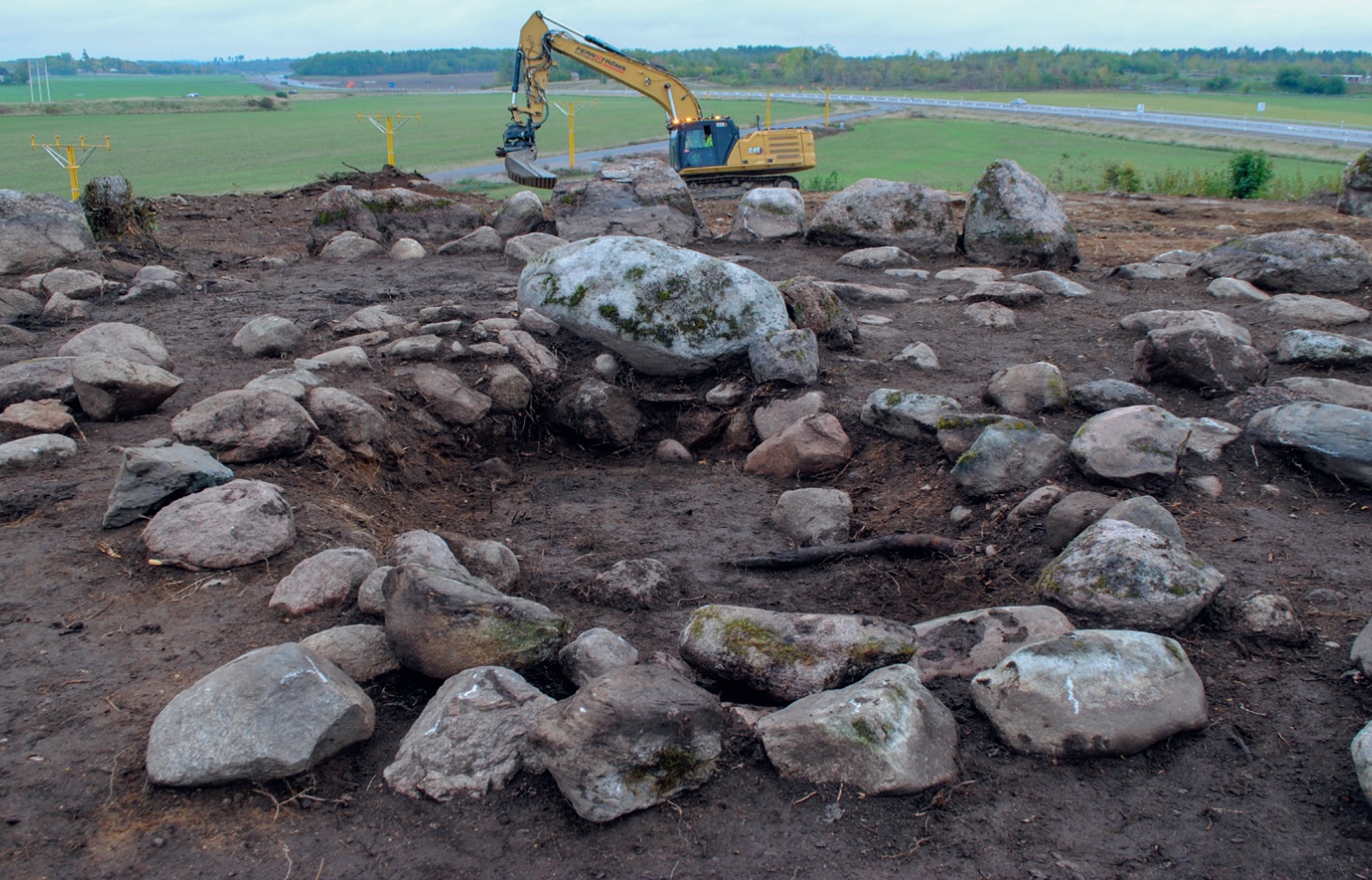Archaeologists from the State Historical Museums and Arkeologerna recently completed an investigation of a significant burial site in Linköping, Sweden.
The excavation, conducted in advance of planned construction works, revealed burials within a previously identified stone setting situated on a prominent rocky outcrop.
Previously listed in the Cultural Environment Register, the stone setting measures 10 metres in diameter and 0.5 metre in height, featuring a well-defined stone chain and a central pit.
Excavations of the site revealed cremation graves and remnants of funeral pyre hearths dating back to the Pre-Roman and Early Roman Iron Age.
According to a paper published on Arkivsök, these findings were expected, as previous studies of adjacent rocky outcrops had documented similar archaeological remains.

A notable discovery is a Viking Era burial placed in a wooden coffin and a stone-lined grave shaft surrounded by an edge chain of erected stone blocks – a burial practice that reflects a blend of traditional and emerging burial practices of the time.
The burial also contained a collection of grave goods, including an axe, a dagger, a ring buckle, and the remains of textile from a garment.
Radiocarbon (C-14) dating places the burial between AD 890 and 1020, a period marking Sweden’s transition from pagan beliefs to the growing influence of Christianity.
“We didn’t expect a coffin grave from the Viking Age. We have previously investigated stone settings in the area from the Iron Age, so we assumed that this burial would be from the same period. The edge chain of erected stone blocks is also very unusual,” says Alf Eriksson, project manager at Arkeologerna.
“The excavation not only uncovered vital information about ancient burial practices, but also provided insight into the region’s spiritual transition during the Viking Age,” said the study authors.
Header Image Credit : Arkeologerna
Sources : Arkeologerna





